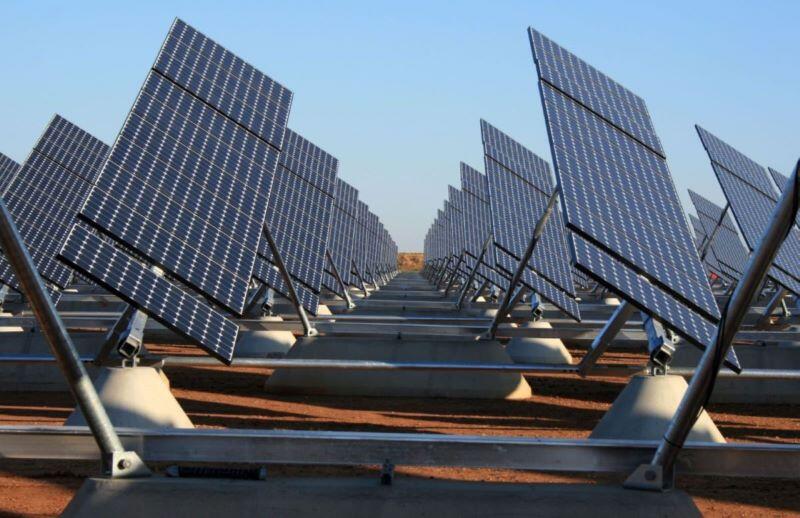As the state of California leads the nation in the adoption of solar energy and seeks to decarbonize its grid by 2045, a key question is "What role(s) will long-duration storage play and what price will be needed for a technology to compete with the other options?" Answering that question requires consideration of more questions.
- How do we handle a lack of sunlight in the short term, both from the sun setting at night and from being blocked during the day by clouds or smoke?
- What about long chains of low light days in the winter?
- How much should we overbuild generation vs building out storage?
- How much of that generation should be solar vs wind vs geothermal, biogas, etc.?
- Should storage be primarily battery based, or include pumped-hydro, gravity storage, thermal storage, compressed air, or other technologies?
- What are the comparative costs and benefits of adopting and implementing each technology, both in the financial sense of construction and operation, and in environmental impact such as land use and water consumption, and even social aspects such as job creation and impacts on local communities like noise and light pollution?
- Can incentives me made to entice developers to enter the market and start construction and operation, or will certain technologies only ever see implementation through larger state driven action?
We seek engagement with the community as we work to answer these questions.
For a brief overview of our project, please view this video.
Please consider following our LInkedIn page.

